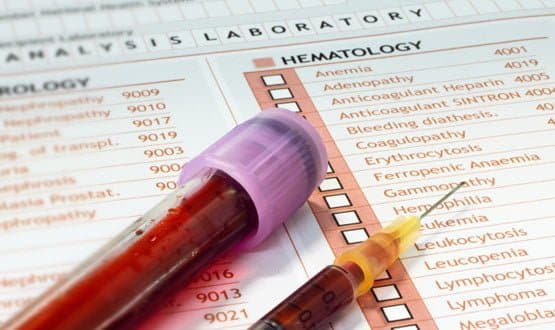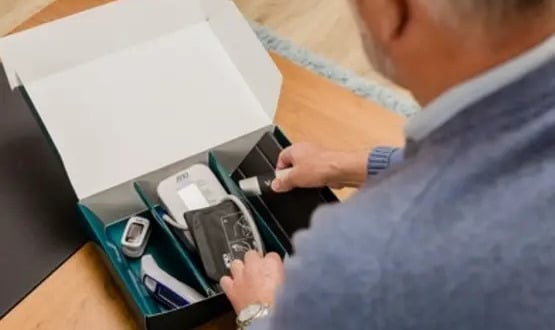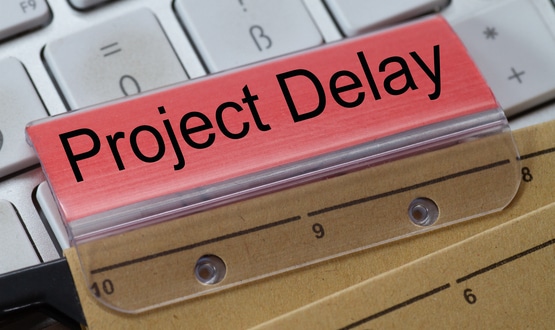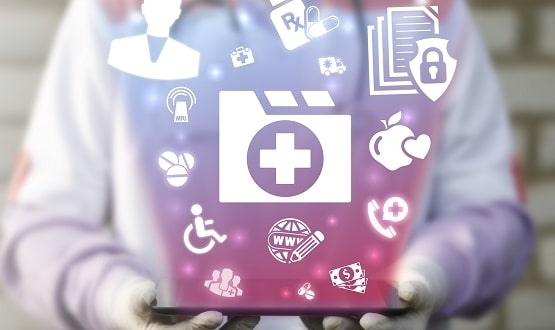Bloody good show
- 11 July 2012

There is something conspicuous by its absence in the haematology unit run by Bart’s Health NHS Trust.
In some hospitals, it is piled high in reception areas or being ferried across carparks in shopping trollies, but here there is not a scrap of paper in sight.
I feel a little like an interloper with my reporter’s notebook and pen in hand, as I head down the sparse corridors of the unit to meet the health professionals that have overseen this digital transformation.
Doing things differently
Cerner Millennium was deployed at Bart’s and the London NHS Trust in April 2008, by local service provider BT (the trust has since merged with Newham Hospital and Whipps Cross Hospital to form Bart’s Health).
Towards the end of 2009, a team within haematology started to look at using it to improve patient safety.
The unit was having problems with patients turning up at A&E with a significant blood disorder diagnosis, but who were not always able to communicate the severity of their condition to staff. The issue was especially acute for patients from different backgrounds.
The solution was to highlight these diagnoses using flags on the front screen of Millennium, and from there use of the EPR started to evolve.
Consultant hematologist Dr Dan Hart explains that it is often the most complex patients, with multiple chronic diseases, who have the most ad-hoc interactions with multiple specialties, instead of the more co-ordinated care they need.
Trying to get a paper record to follow these patients around multi-disciplinary teams is “not fit for purpose”, especially as it is increasingly important that doctors know who is on anti-coagulation drugs.
It is difficult to measure the impact of patients having their blood disorders noted on the electronic record, but clinicians have found they are no longer discovering too late that patients have visited A&E without their input.
There have also been no clinical incidents in haematology since the system went live. Despite this, Dr Hart says that encouraging people to change their ways of working was a challenge.
“All students learn their trade at the bedside with a pen and paper,” he says. “It’s a relationship based around writing and eye contact and it’s a genuine challenge at the bedside to do something differently.”
Keeping the paper at bay
At the start of 2010, a survey of all staff, including administrative and allied health professionals, sought feedback about implementing a paperless environment on the ward. A number of issues came up, such as the availability of computers, that had to be addressed.
When the unit moved to new premises in January last year, it made a clean break from the paper systems of the past and created its new, paperless environment.
The shift was successful, but staff still have to be kept “on message” in terms of doing their notes electronically using the PowerChart software.
“They need to be introduced to the fact that they won’t find paper here, it’s all electronic, and that if they have a phone call they’re expected to document that as a clinical note, so I know what the patient has said to them,” Dr Hart explains.
“In the current environment, when everyone is feeling they have to justify their existence, you can show how many clinical notes you make.”
COWs in the corner
Six beds and four chairs make up the haematology unit, which sees 150 patients a week. In the spacious reception area, a receptionist greets patients and admits them on to the electronic bed board, so nurses in the wards can see instantly who is waiting to be seen.
Since moving into the new hospital unit, where reception is a longer distance from the ward, the use of electronic working has saved plenty of time that would otherwise be spent pounding the corridors, says matron Sarah Mills.
Our little group heads down the hall to where patients are getting their transfusions. The unit is only paper-lite, not paperless, since patients still have individual blood charts because of laws around the way transfusions must be recorded.
Privacy issues that would arise with staff entering information on a large screen at the bedside also mean vital signs are recorded on paper and then entered into the patient record electronically.
Mills explains that the use of Millennium has led to a huge decrease in the time taken for blood disorder patients to get their necessary pain relief in A&E.
“Before it was reliant on the patient having to be very vocal about what they should be on and what they need, but there isn’t so much of a need now,” she adds.
The system also helps the team identify patients and book outpatient appointments while they are in hospital. “That’s made a huge impact on the anti-coagulation service, when A&E see who manages them they alert us,” she explains.
Mills says staff piloted using computers on wheels and tablet devices but found tablets were not practical; the nature of the environment meant staff had to be very careful with the mobile devices.
Instead, the trust decided to use COWs. These are placed in the corner of wards, so passersby cannot see patient data.
Mills was surprised at how quickly staff took to the new way of working, but says it took time before they felt comfortable with throwing the paper away.
“We had one team that was very reluctant to do it, but since we’ve been able to show them the benefits we have been able to convince them.”
She adds that it was important to have champions in each team who would spur on other staff to change their working habits.
“Our biggest win was that we got every single level involved right from the outset. It was every grade of nurse, administrator, doctor plus registrars – a complete multi-disciplinary approach,” she says.
Clinical use should have been pushed earlier
Bart’s decided to take all the modules of Millennium at the same time back in 2008, but did not push the clinical side of the system.
“We decided at the time, which I regret, that we would turn on the solution as a large patient administration system, and not the clinical functionality,” consultant hematologist Dr Charles Gutteridge explains.
“With hindsight, we should have taken much more time engaging clinicians with that clinical functionality because take up has been very slow. Most people see Millennium as an enhanced PAS, not a solution for clinical functionality.”
However, electronic noting is also being used in the children’s emergency department, which is now paperless.
Dr Gutteridge says some issues to do with back-office functions make the system harder to adopt than it should be. For example, clinicians have a favourites list of SNOMED codes to choose from, which cannot be transferred to new staff.
He adds that it took time to adjust to electronic working as it was not just a switch to doing things on a computer, but involved changing an ingrained way of working.
Dr Hart credits the new system with enhancing his relationship with patients as he can read online exactly what has happened to them prior to an appointment.
Electronic noting can also diffuse conflict as there is a record of what a patient and a doctor have said to each other.
“It would be disingenuous to say all staffare using it at the same level – there’s a spectrum of engagement. The challenge is to work out how other people use it and if they’re not using it how do you change their behaviour,” he says.
“There’s a massive gap nationally in terms of supporting change in the workplace. The issue is how easy it is to implement electronic working and the reality is that it’s a massive challenge.”




